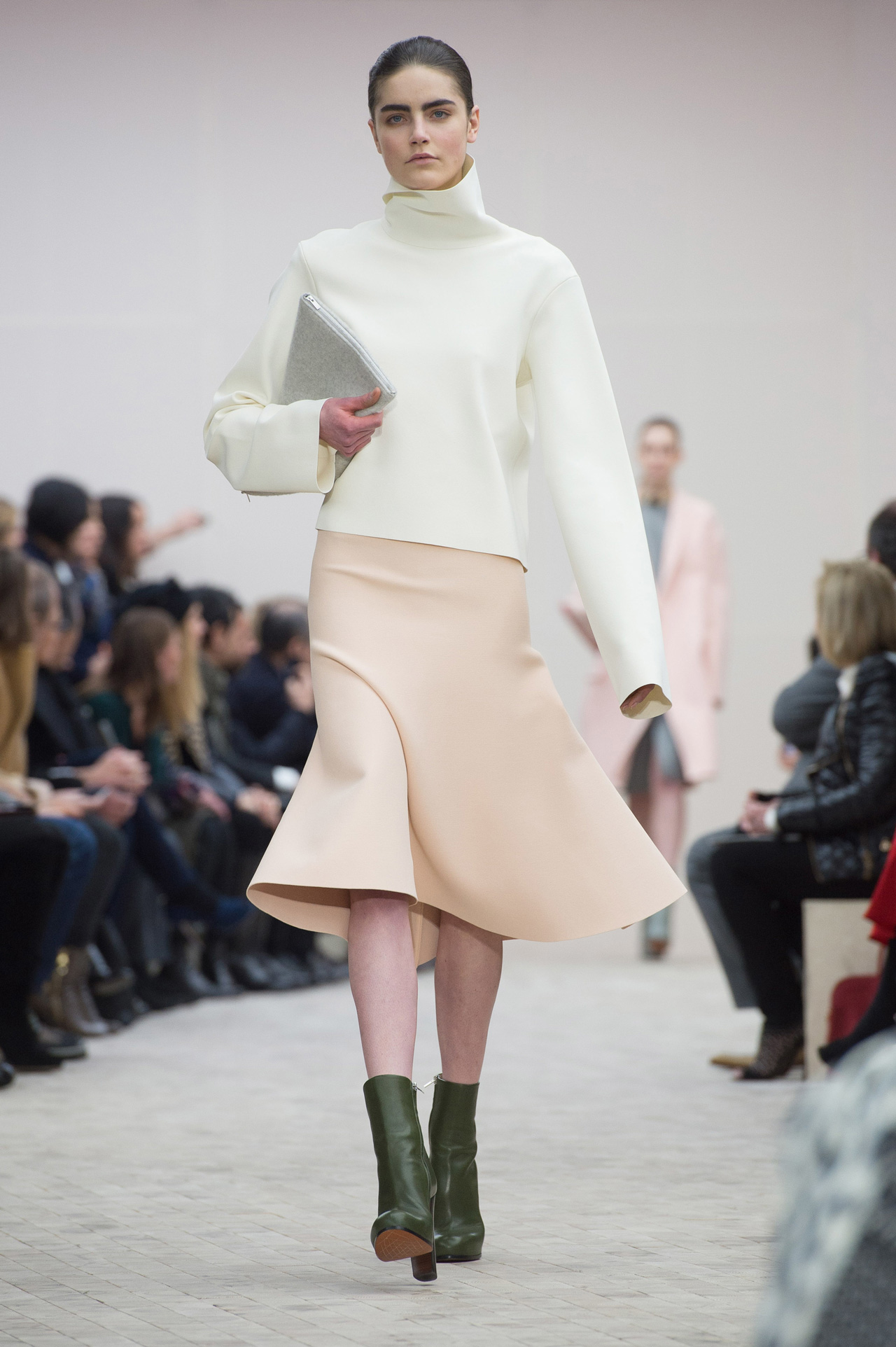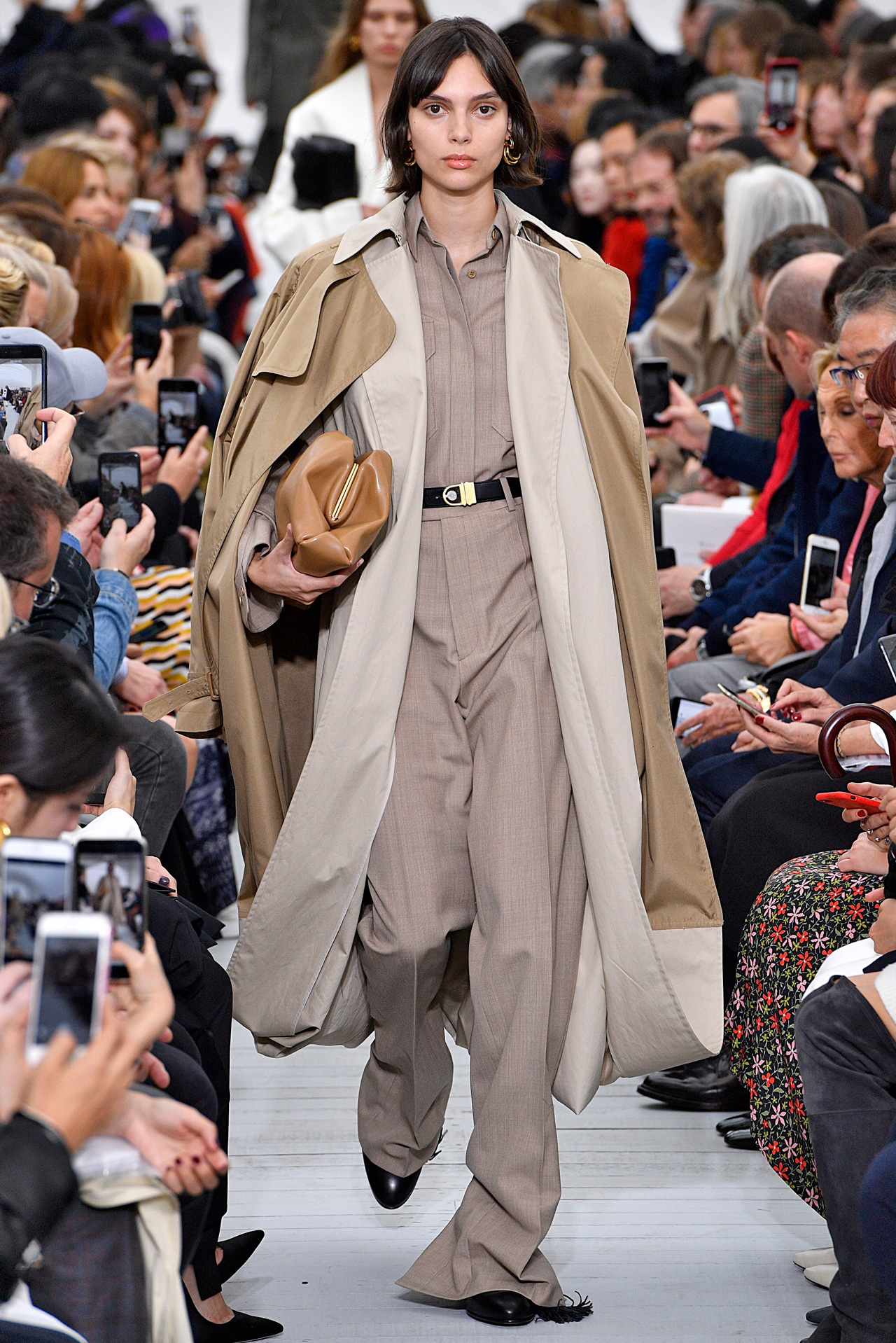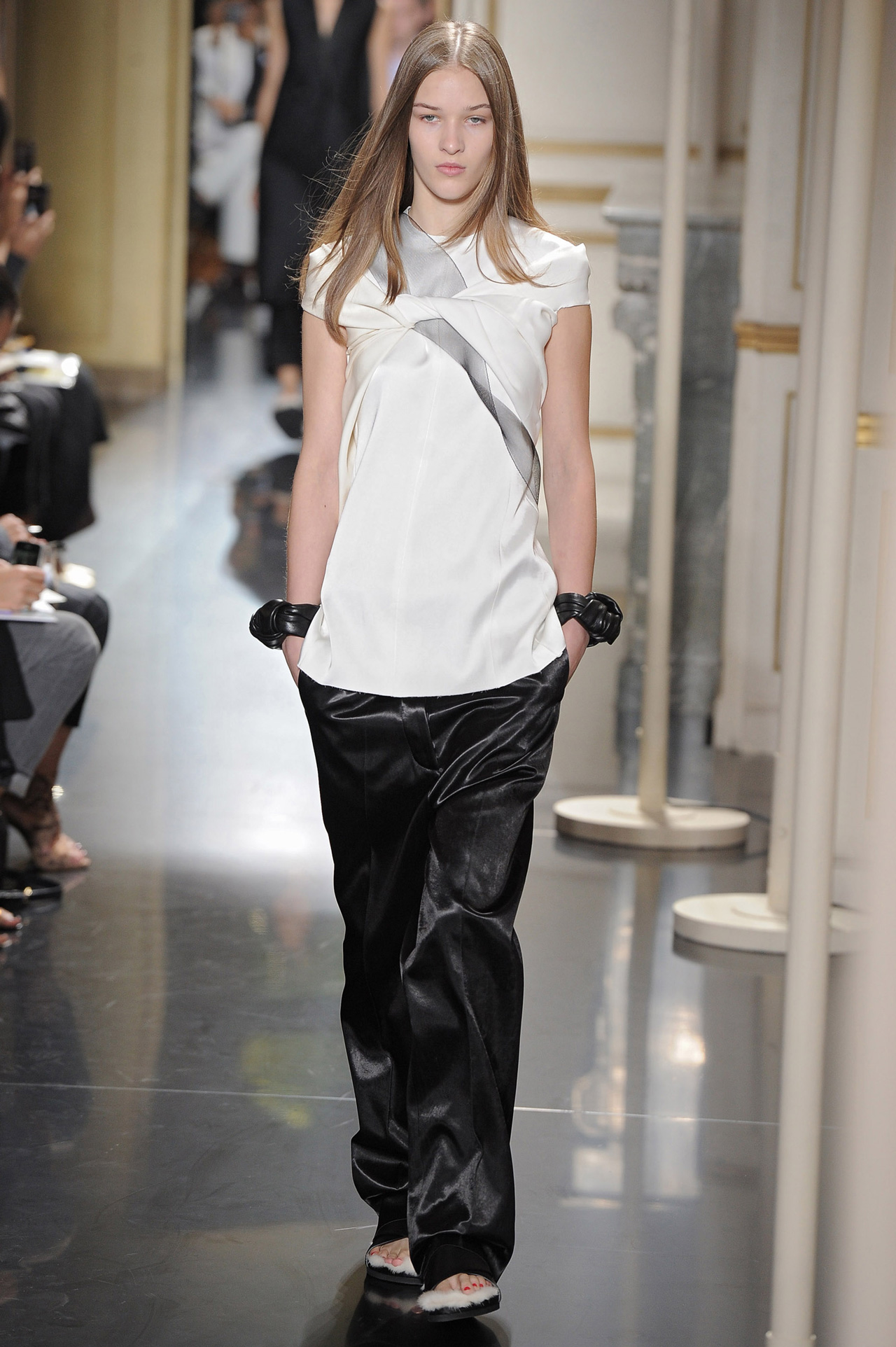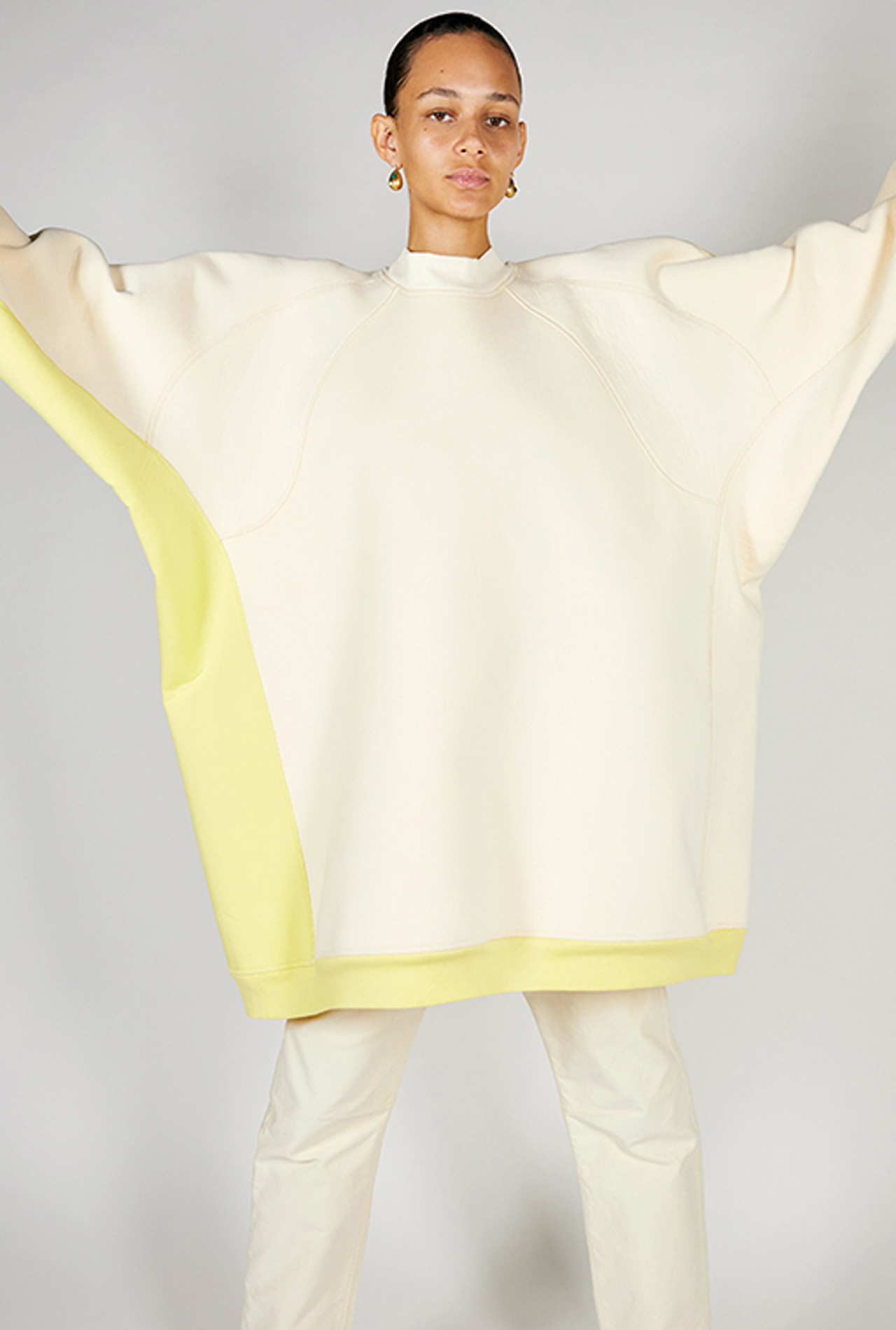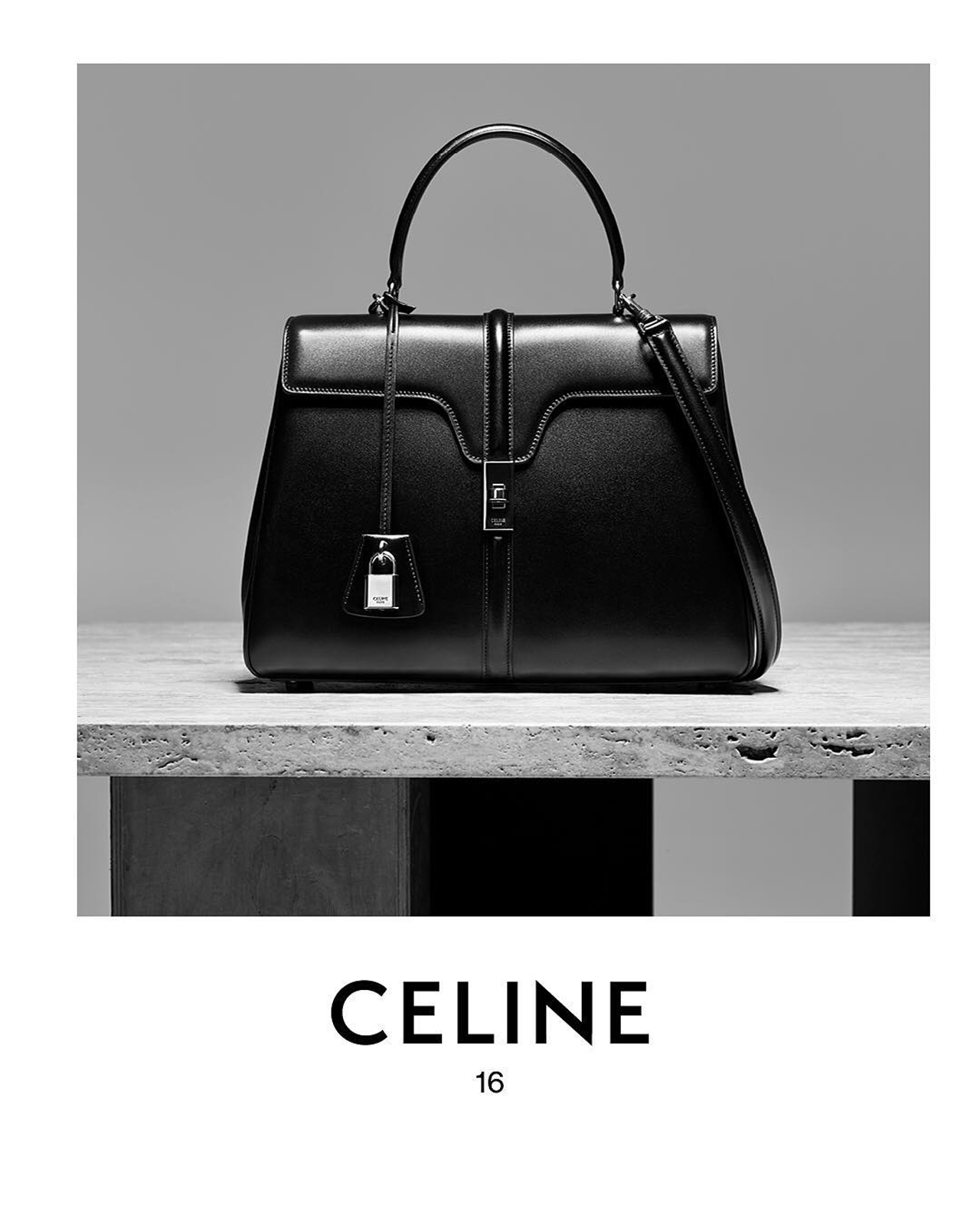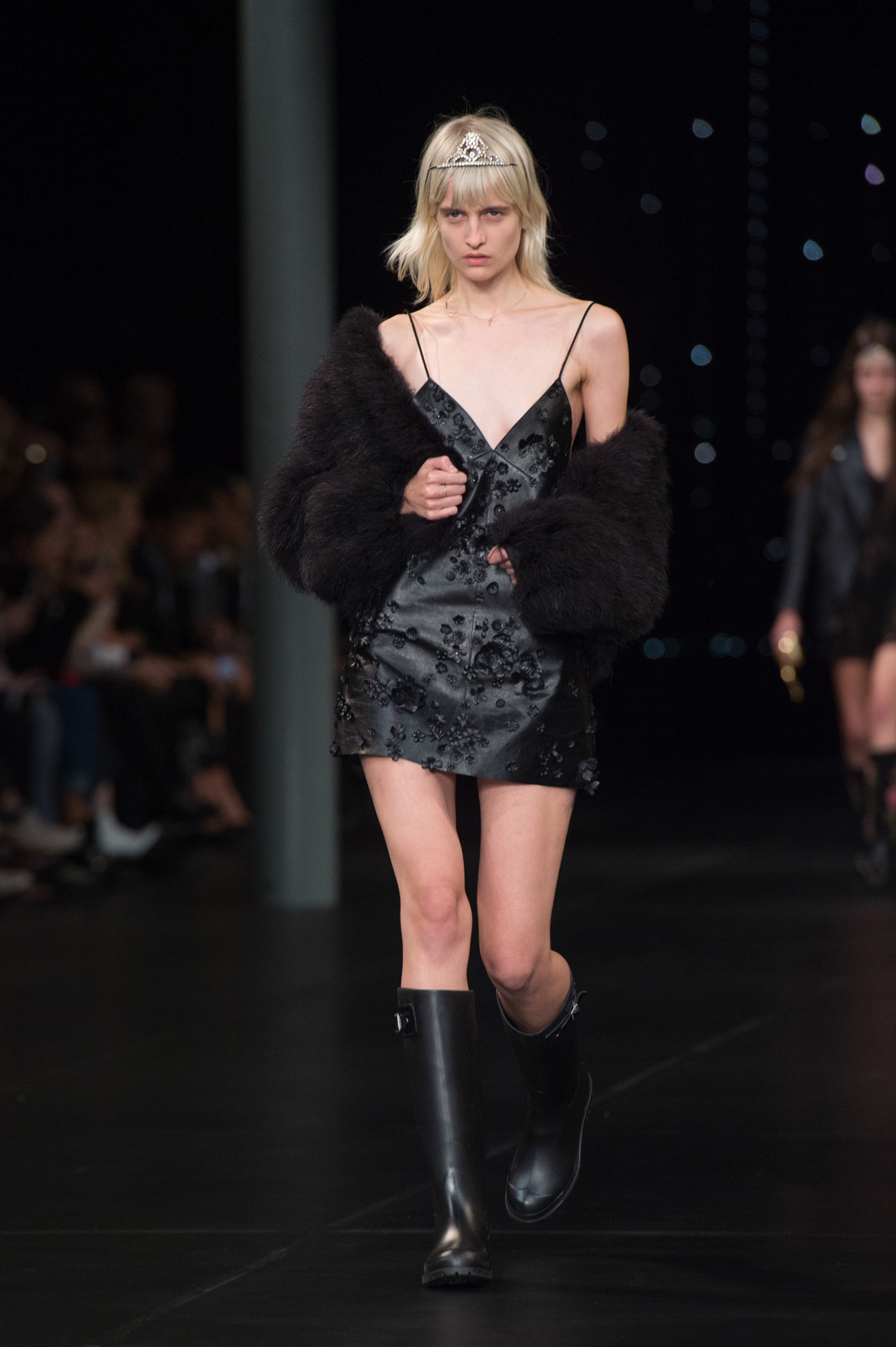News feed
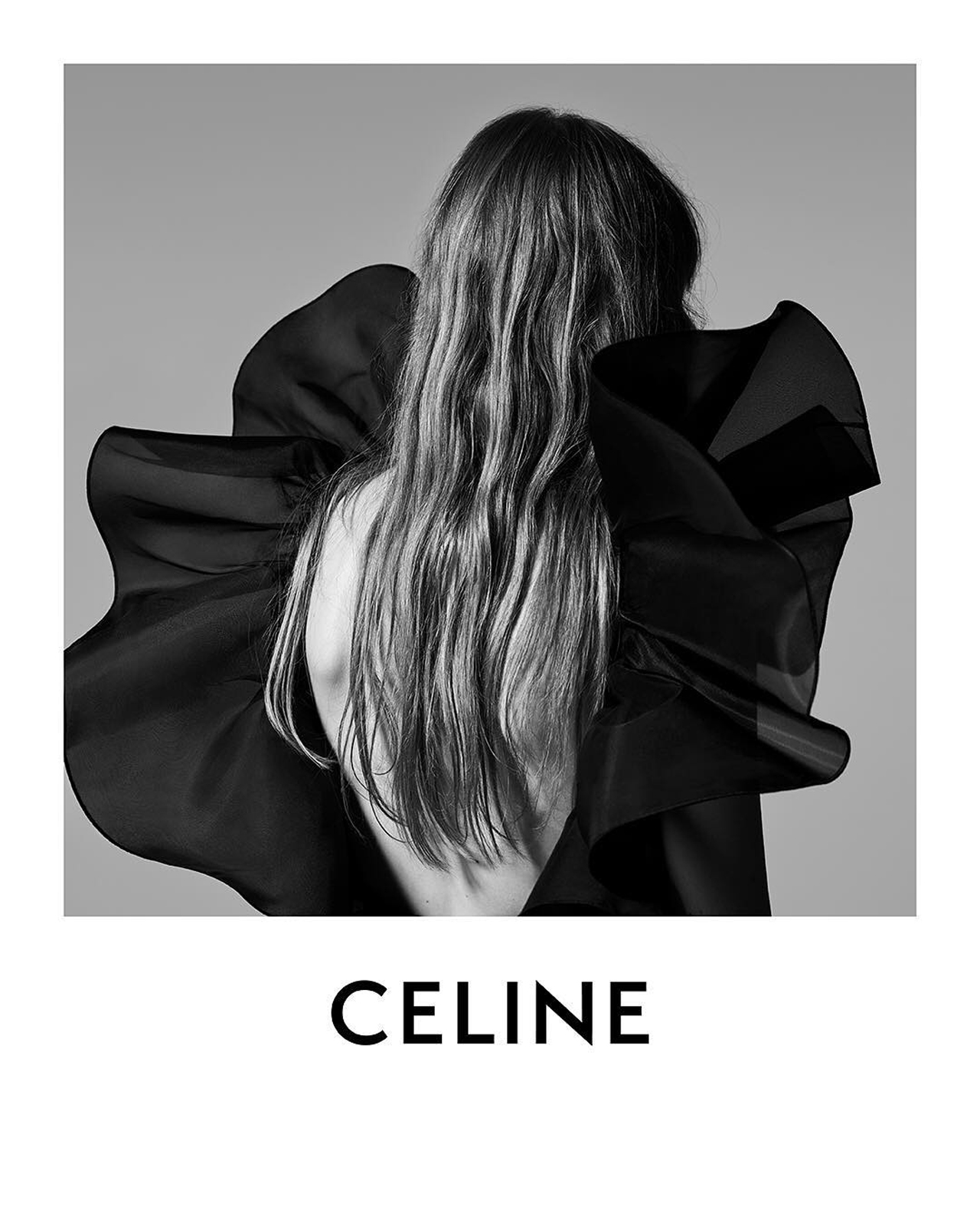
Comments on the official Cèline Instagram account have been at war. Then again, on Instagram, they often are. And all this before a show has even happened. Come tomorrow night, just how will the furore erupt over the death of Cèline…and the birth of CELINE?
To understand, we need to go back. In December of last year it was announced that Phoebe Philo’s decade-long tenure as creative director at Cèline was to end. To say she had created a legacy within the house would be an understatement. The enigmatic brains behind one of LVMH’s most lucrative and coveted brands had longed for a change in pace, to remove herself from an often punitive industry and disappear into her own personal space. Rumours had been swirling for a while that she was soon to leave and the fashion world was, in turn, recoiling. No other brand has managed to capture such ground-breaking modern, wearable elegance in the way Cèline under Philo has. To produce collections that draw retail sales from both ends of the fashion spectrum, the leaders and the dreamers, is unique, to say the least. A brand so supremely successful it needed no diffusion line, no bread-and-butter range to bring in the hard-earned.
No other brand has managed to capture such ground-breaking modern elegance in the way Cèline under Philo has. To produce collections that draw retail sales from both ends of the fashion spectrum, the leaders and the dreamers, is unique, to say the least.
Philo is an elusive character as far as media and publicity goes, preferring to let her collections be her voice to market. Collections that beguile sisterhood inclusivity just as much as they promise untouchable exclusivity, so remarkable was her brand development that until recently no Cèline product (aside from eyewear) was ever sold online. Only a pilgrimage to one of her stringently curated flagship stores could mean a purchase.
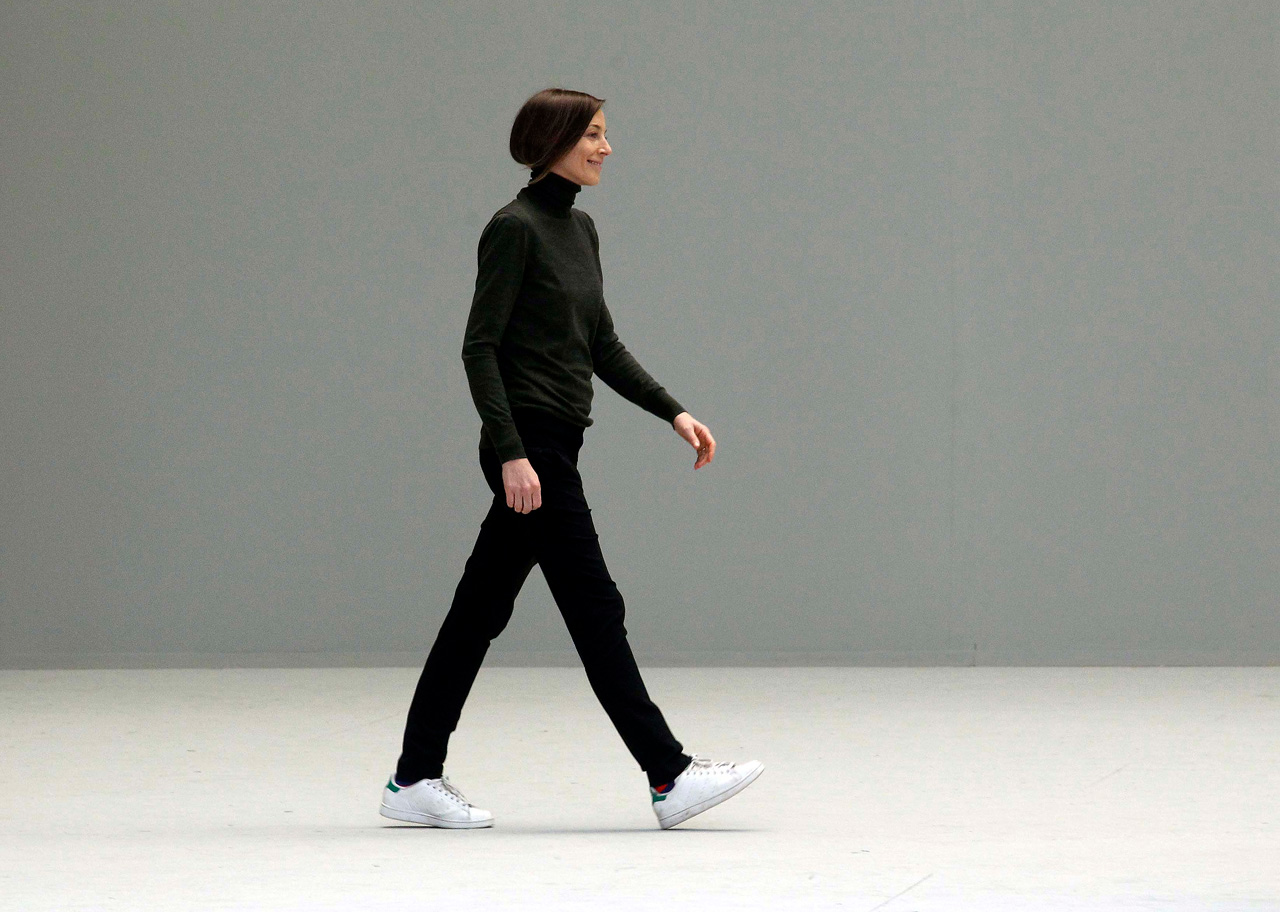
On January 21 of this year, the vocal mourning over Philo’s departure turned to dramatic revolt when it was announced that Hedi Slimane would be its new (and wildly controversial) creative director. Having left Saint Laurent in 2016, the French national brought upon a new era for the 57-year-old label and, perhaps, most graphically, removed the ‘Yves’ from its name, rebranding it simply as Saint Laurent. His collections became instantly recognisable deriving visual nuances from nineties grunge-rock (famously employing faces such as Courtney Love and Marilyn Manson to appear in his campaigns) splicing them together with appropriations of the label’s iconic Le Smoking tuxedos. It was androgynous. It was monochrome. It was successful. So, despite some much-publicised backlash from the media and outlandish behaviour from the designer (Slimane took to twitter in October 2012 to personally slam New York Times critic Cathy Horyn) Saint Laurent’s sales went through the roof. His first move at Cèline? The removal of its famous accent.
On Tuesday this week French newspaper Le Figaro published a rare interview with Slimane. The designer, attempting to address the elephant in the room explained his position, “We don’t enter a fashion house to imitate our predecessor, much less to take over the essence of their work.”
Between this, and his Saint Laurent-reminiscent teaser campaign of personally-captured black and white portraits, it’s clear Slimane is here to stamp his authority and inject change. However, in the interview, Slimane rejects this notion. He argues removing the accent is less about blaspheme and more about a return to the label’s roots. “It’s in no way about marking my territory, quite the contrary.” Instead, he says this is his way of “putting the church back at the center [sic] of the village. It’s orthodoxy, quite simply. Installing elements of language, rooted in the original history of the house, its foundations, going back to an architectural and graphic alignment that is essential to the project.”
“It’s in no way about marking my territory, quite the contrary.”
Hedi Slimane to French newspaper, Le Figaro.
So just what is the history of the house of Cèline? With two such opposing aesthetics to exist within the same label in the modern era, it’s interesting to understand where it all began. In 1945 Paris, Cèline Vipiana and her husband Richard opened a boutique and started a label that would become one of the first luxury labels the world had ever seen. Unexpectedly, the label they started was, in fact, a made-to-measure children’s shoe brand. It wasn’t until 1960 that the couple evolved its direction to begin creating ready-to-wear women’s fashion. They produced collections that included apparel with a distinctly sportswear aesthetic while focusing heavily on leather goods such as handbags, gloves, casual shoes et al. Expansion occurred around 1973 when Vipiana began opening boutiques around the world. By 1987 luxury juggernaut LVMH started investing and a decade later they acquired all of Cèline for US$540 million. Vipiana remained the at the helm until 1997 whereupon Michael Kors became their first ever creative director. While Kors’ fresh take on the label was successful, the years up until 2008 were tumultuous. In September of that year, LVMH announced they had successfully wooed Phoebe Philo to the house of Cèline, plucking her out of a two-year hiatus she’d taken following her time with Chloè. From the outset, Philo was fiercely involved in every faction of the business, redefining it as the ultimate understated aspirational label for women.
As many fans now lament in past tense, Phoebe Philo’s Cèline was fashion by women, for women. Authentic, ethereal pieces dedicated to making women feel empowered, beautiful, special.
Philo’s collections, from her debut for spring-summer of 2010 to her final presentation for pre-fall 2018, have never been anything less than inspiring. As many fans now lament in past tense, Phoebe Philo’s Cèline was fashion by women, for women. Authentic, ethereal pieces dedicated to making women feel empowered, beautiful, special. There is the argument that the last decade’s fascination with minimalism is directly descendant of Philo’s influence. To name just a few of the trends that were her brainchild, the oversized double trench, the furry pool slides, the high-neck long-sleeved crepe blouse, the voluminous man-style trousers, the geometric jewellery, the fitted knitted sweater dress, the white-on-white ensembles and of course the very many It-bags. All of these looks inevitably found their way into other designer’s psyches and onto the high street en masse. Additionally, it could be said Philo also invented the modern trainer mega-trend. Famous for a taking a bow post-show in a minimalistic-chic ensemble paired with Stan Smiths, Adidas probably owe her a few million for putting their iconic shoe back into sell-out overdrive.
So perhaps then, it’s more a case of mourning an ending than fearing a beginning. Because how could any successor pick up exactly where Philo left off? Any continuum would be derivative and ultimately lacking in authenticity. The worth of a brand, in any business in any industry, comes down to the helm being truly in charge. For one leader to execute a concise vision that sensitively evolves its brand to future-proof its relevance. The difference with Slimane’s takeover, however, is that this is not so much evolution, as revolution. A polar change spinning the very core of the Cèline we know on its axis. Up until now the Cèline woman has been the antithesis of the Saint Laurent woman. Will the same high-class buyer remain, dressed top-to-toe in a #CELINEBYHEDISLIMANE future? It’s uncertain. But fashionistas open to the new order will undoubtedly be wholly won-over. Slimane’s branding has always evoked a rush of zeigeist fever that has worldwide appeal. Those who lauded his Saint Laurent epoch will no doubt be thrilled to snap up a bag or a jacket or a dress with his new stamp. If, as Slimane suggested in his interview, the label is desiring a shake-up, then they have succeeded in earthquake proportions.
The hopeful question remains as to whether a Philo-lead atelier is ever to exist again? The fashion knitting circles say no, the rumour instead that she in talks to start afresh in the interiors realm. However, she retired for two years after her Chloè reign, so who’s to say she can’t be lured again.
On August 30, Lady Gaga, a long-time friend of Slimane, debuted his first classic bag for CELINE, the ‘Le 16’, by clutching it around Paris. Since then, via Instagram, CELINE has been dropping repeat teaser polaroids and product photography. All classic black and white, and shot by Slimane himself. In the abyss that is Instagram commentary, the conversation has been at odds. Some have compared the handbag to that of a cheap knock-off while others (and some them high profile) have been tagging friends and dropping plentiful praise.
Come this Saturday, 4am Australian est, CELINE without the accent will be officially born, direct from Slimane’s debut show at the Hotel des Invalides in Paris. While we imagine Philo is currently immersed in her sea-change, leaving all speculation and dissection to the masses, we’ll be watching with bated breath…and a tight grip on our now-collectors’ items, the pieces with the accent.




